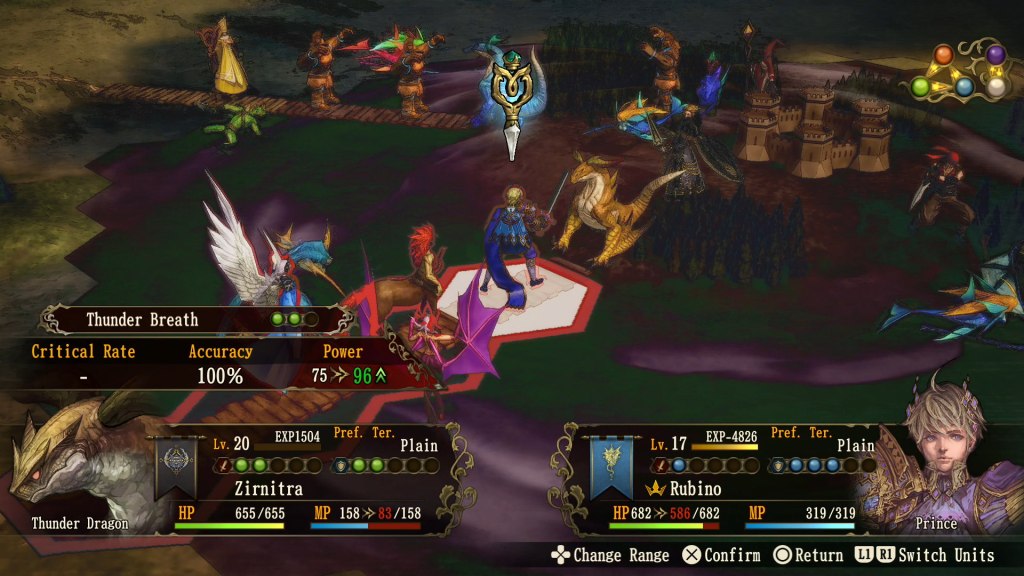Brigandine: The Legend of Runersia is out now, bringing PlayStation gamers a way to scratch that much needed strategy RPG itch. Older PlayStation fans may recognize the name; Brigandine: The Legend of Forsena was released in Japan over 20 years ago for the PS1. It was one of those games that never made it to the Western market which makes this installment that much more exciting.
This is the story of six nations battling for control of the continent. Some seek glory, others to prove their religion is the true religion of the Rune God. Well crafted storylines exist for these six armies. Drop dead gorgeous scenes are voiced over in Japanese with English subtitles. All of this makes for a pleasant backdrop to the real meat of Brigandine: The Legend of Runersia: the gameplay.
Brigandine: The Legend of Runersia Review – StrateGO!
The battle for control of Runersia spans years. How many depends on which difficulty you select. If strategy games like this are your forte, Hard mode gives you two and a half years to complete your quest. Or you can hit up Normal mode for five years. Don’t worry. Each year consists of 24 seasons (or rounds). For the purposes of this review I played two modes. My first run was on Easy mode with the Holy Gustava Empire, an army with no special Brigandine powers on its side. Once I felt more comfortable, I bumped up things up to Normal and chose Republic of Guimoule with their special Brigandine of Glory.
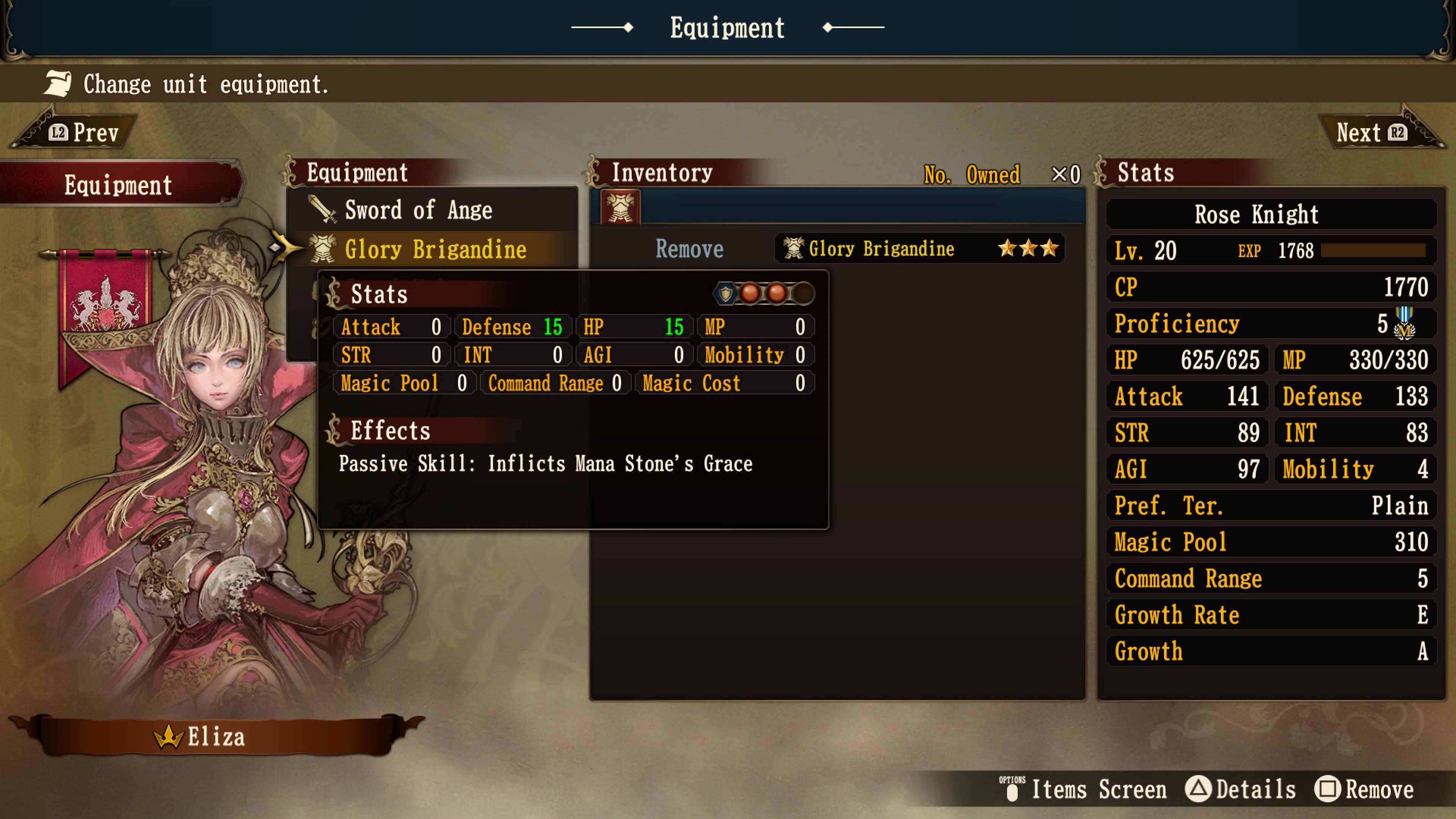
Seasons are broken into three phases: Organization, Attack, and Battle. The first phase is the most important phase. First off, you’re going to want to check on your Rune Knights and their summoned monster units. Knights and monsters both earn experience and level up as you use them. Most if not all of your units become proficient in their class at level 5 with a class upgrade at level 10. The fun with Rune Knights is that you can switch up their initial class types. At one point I found myself with a few too many knights in my ranks and made some changes for more variety. Don’t make the same mistakes I did. When upgrading your elemental type units, try to keep a diverse stable. A half dozen flame dragons won’t be super effective against holy attuned enemies.
Monster units require mana. Mana is gathered at your bases; the more bases you control, the more mana at your disposal. There are two mana costs associated with your monster units: summoning and upkeep. Upkeep costs increase when you rank up class types. Since Rune Knights have a mana allotment, make sure to check on your troop settings after changing classes.
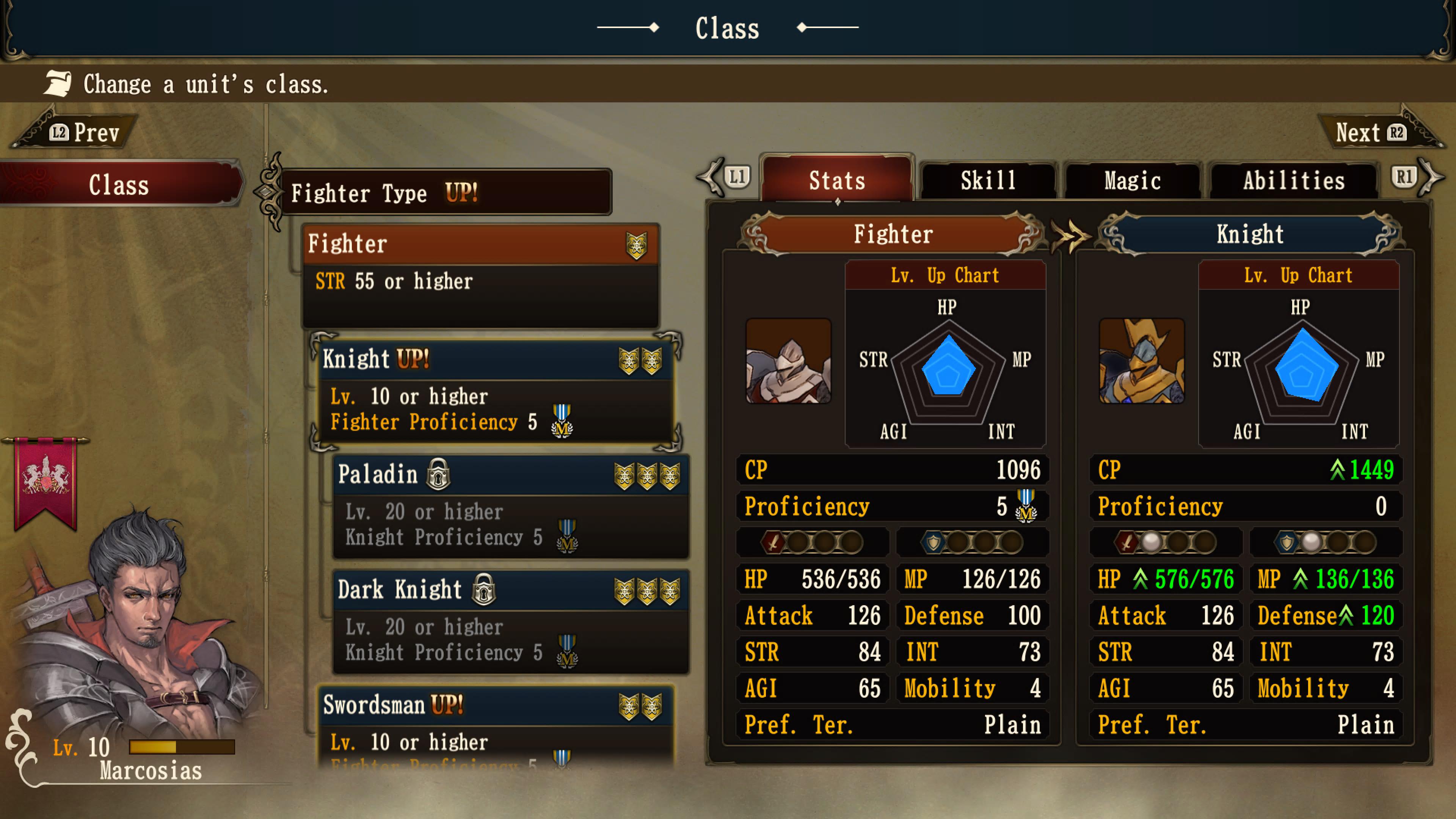
If you can spare a unit or two, I recommend sending Rune Knights out on quests. First up, any Knights that are below level 10 should be paired up with monsters and sent for training. As you progress through the game new Knights will join your cause and their expertise will vary. So long as your bases are strong enough to defend any incoming attacks, sending one or two of your more seasoned Knights on quests every other season or so is a good idea. If successful, quests offer rewards like equipment, potions, and revival stones, a key item for resurrecting high level monster units that have fallen in battle.
Aside from saving like a mad woman, the last thing I tend to do in the Organization Phase is move my units. Because attacks can only come from connected bases, this is a good time to consider where your troops are positioned. Are your key bases strong enough to fend off invaders? Maybe you have a plan to capture some bases. Moving troops from one base to another does take up the entire season. Think strategically before you end this phase.
The Attack Phase is pretty darn short. If you want to make a move on another empire’s base, this is the phase to do so. You can attack as many connected bases as you’d like, even send two of your bases to team up on one. If you don’t want to attack, that’s fine. End the phase and see if any of your enemies make a move against you.
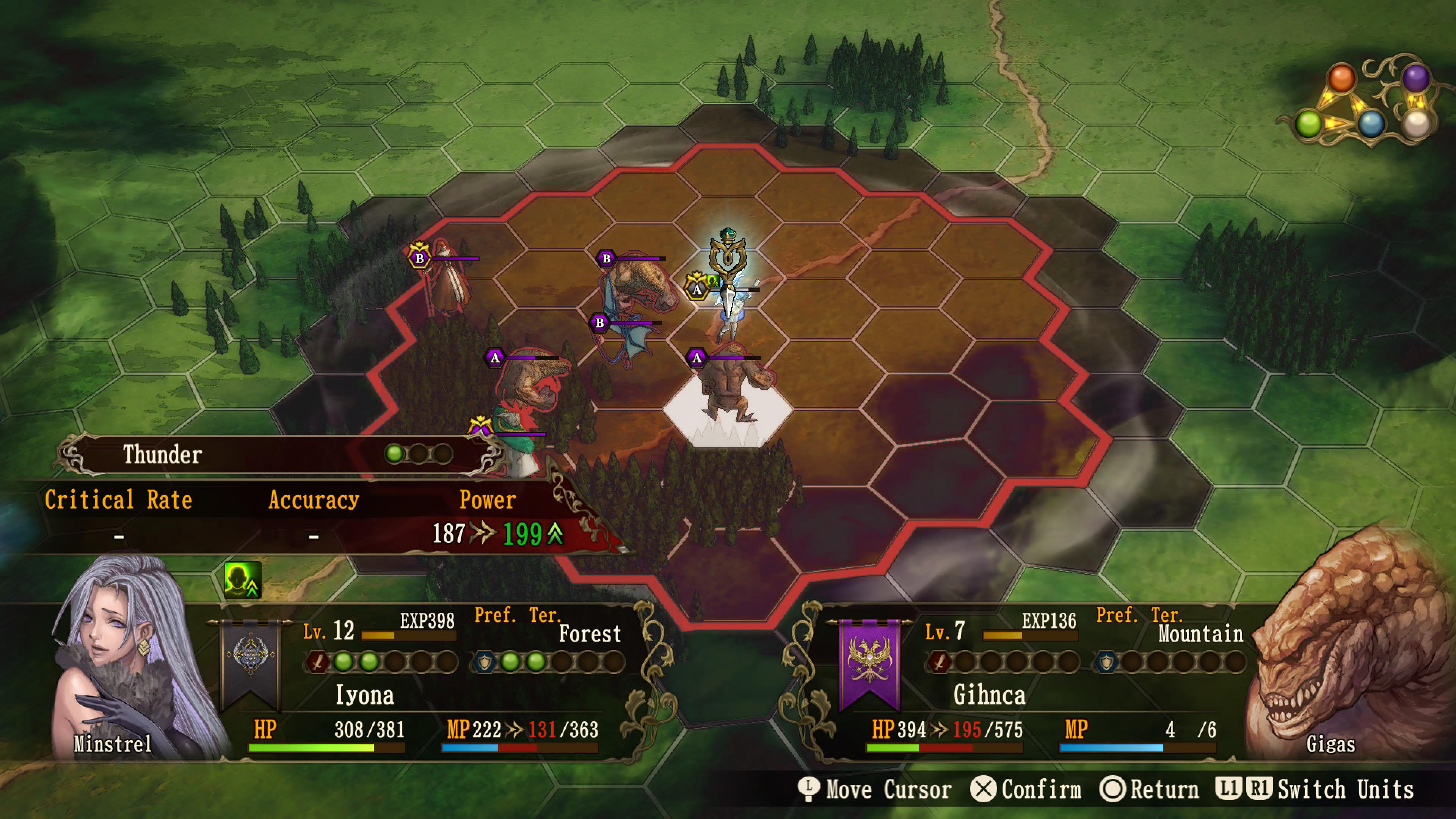
Brigandine: The Legend of Runersia Review – Risking It All
When you find yourself pulled into conflict during the Battle Phase, everything you did (or didn’t do) during the Organization Phase will be put to the test. Various terrains exist on a hex grid map. All of your units have preferred terrain to fight on so keep an eye on where you move them. For example, rangers have increased stats in forested areas, but put them in water and they become handicapped.
Turn based action offers players that familiar JRPG feel with a couple of tweaks. Units with Magic Skills may only use magic at the beginning of their turn; once you move the unit, magic is off the table. Rune Knights with buff skills need to apply those before moving, too. Magic, move, attack. That’s my new motto.
No matter what sort of attack you use, whether magical or physical, Brigandine shows you the potential outcome on the bottom of the screen. All the math is laid out for me. I absolutely love this; it makes it so much simpler for me to see which enemy inside my radius I can potentially deal the most damage to or incapacitate with my magic.
Battles last a total of twelve turns. I’ve yet to have a match go that long. Somewhere around turn eight or nine, at least one side has lost a leader or two. Either they’ve fallen in battle or decided to retreat before the fatal blow is delivered. You can tell a troop leader to retreat at any time. They will flee with their assigned units so long as they aren’t cornered.
Any battles you initiated or that see you taking up a defensive position will kick off first. If there are no battles involving your nation, the game runs through the AI confrontations and shows you the results of each fight. Then it will end the phase and begin the next season.
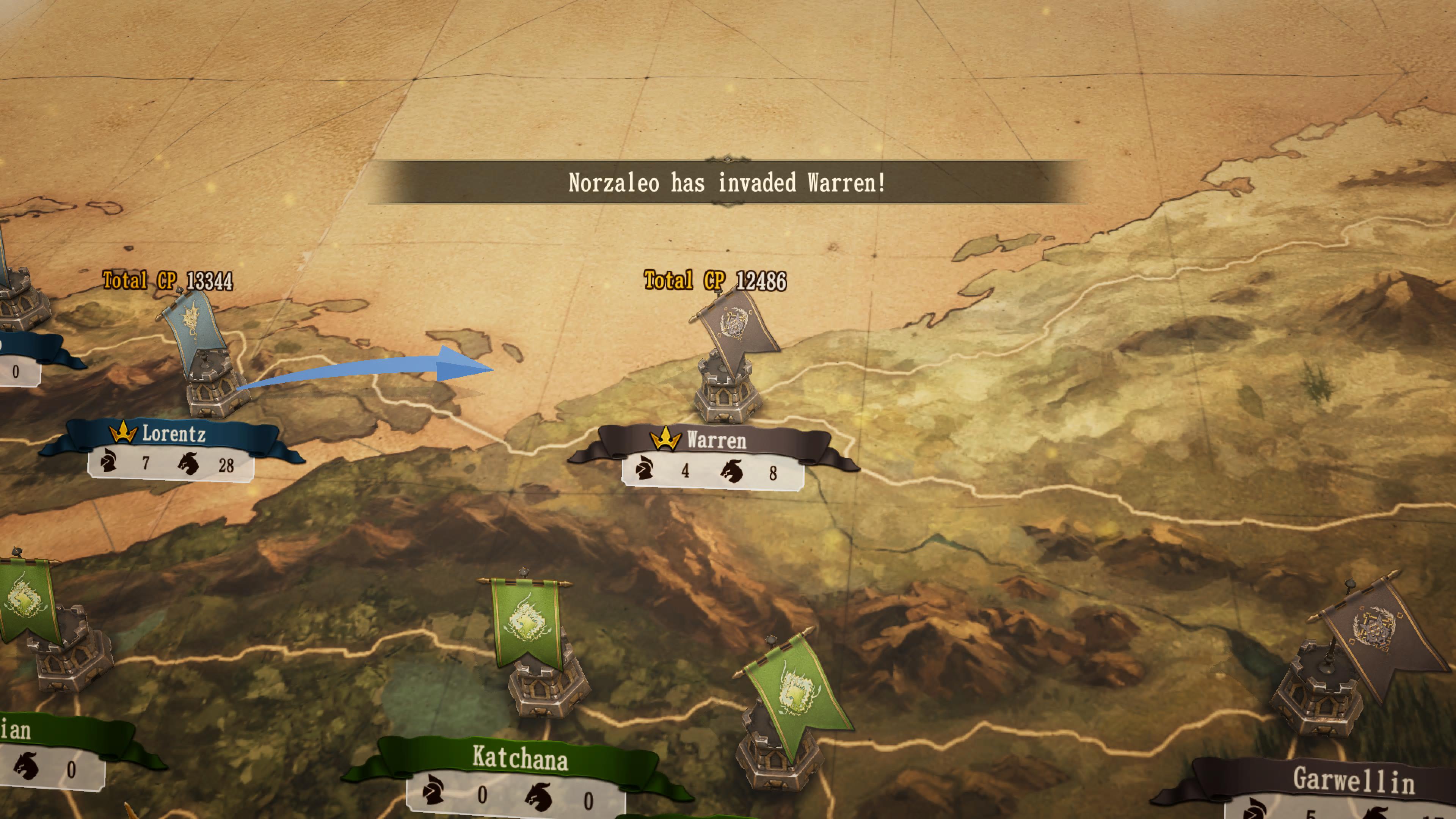
If you’re unsure about strategy RPGs (or maybe not the best at them, like moi), make sure you visit the PlayStation Store and check out the demo. The Brigandine: The Legend of Runersia demo gives you access to the tutorial as well as a shot at playing through a short bit of the game in Easy mode.
Phew! There sure is a lot going on in Brigandine: The Legend of Runersia. It may seem a little overwhelming at first, but as soon as you find your rhythm it goes by faster than you think. Strategy games are not my bread and butter. There were evenings I told myself I had just a few hours to play, only to be completely sucked in. Color me pleasantly surprised with my overall experience. I may never feel brave enough to attempt Hard mode but there is a strong likelihood that I won’t be deleting the game from my hard drive as soon as this review goes live.
Brigandine: The Legend of Runersia review code provided by publisher. Version 1.00 reviewed on a PlayStation 5. For more information on scoring please see our Review Policy here.
-
Nice variety of class types for Rune Knights
-
I love upgrading and equipping items on summoned units
-
The jump in difficulty from Easy to Normal isn't jarring
-
No English voice over means a lot of reading
